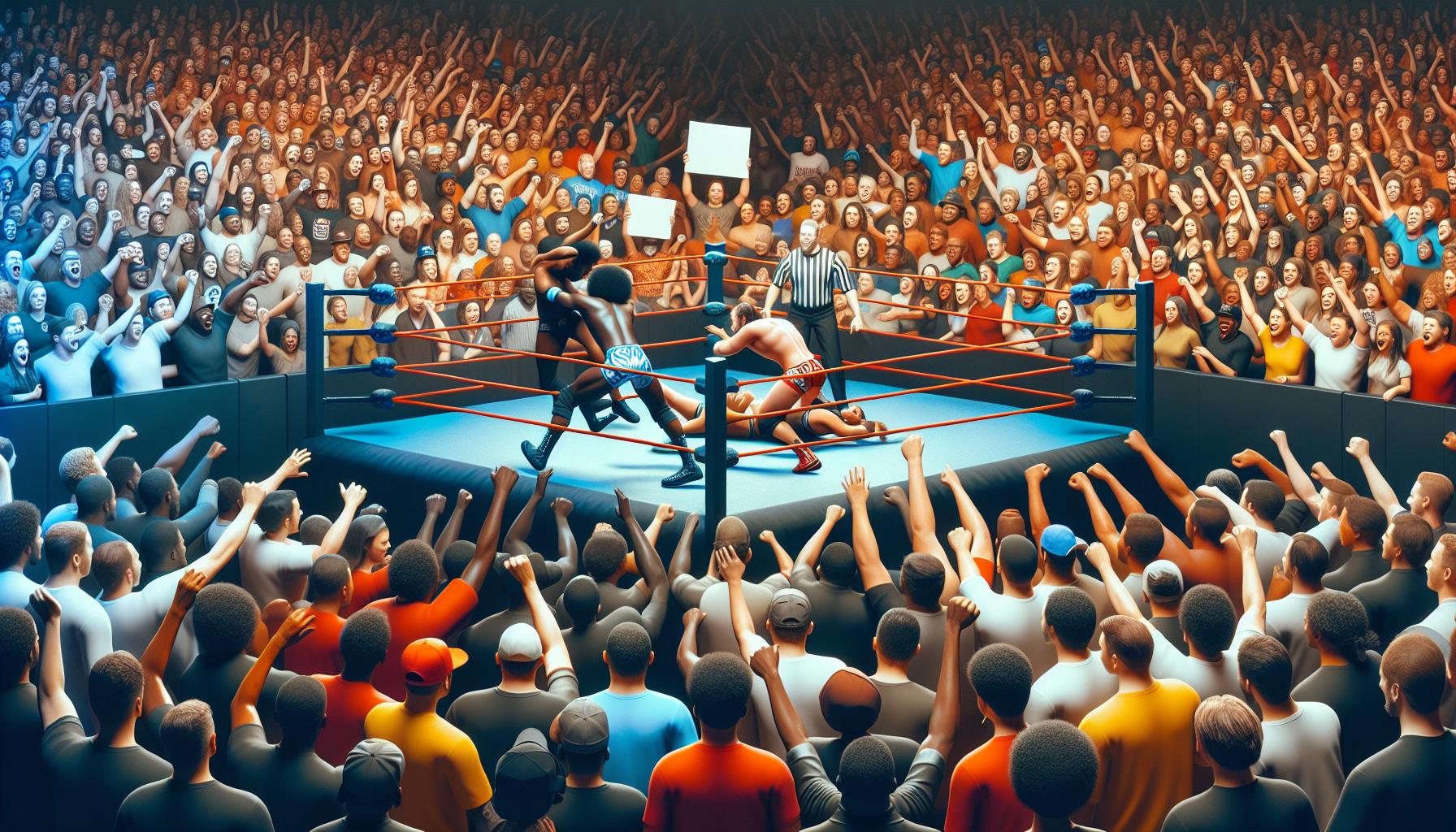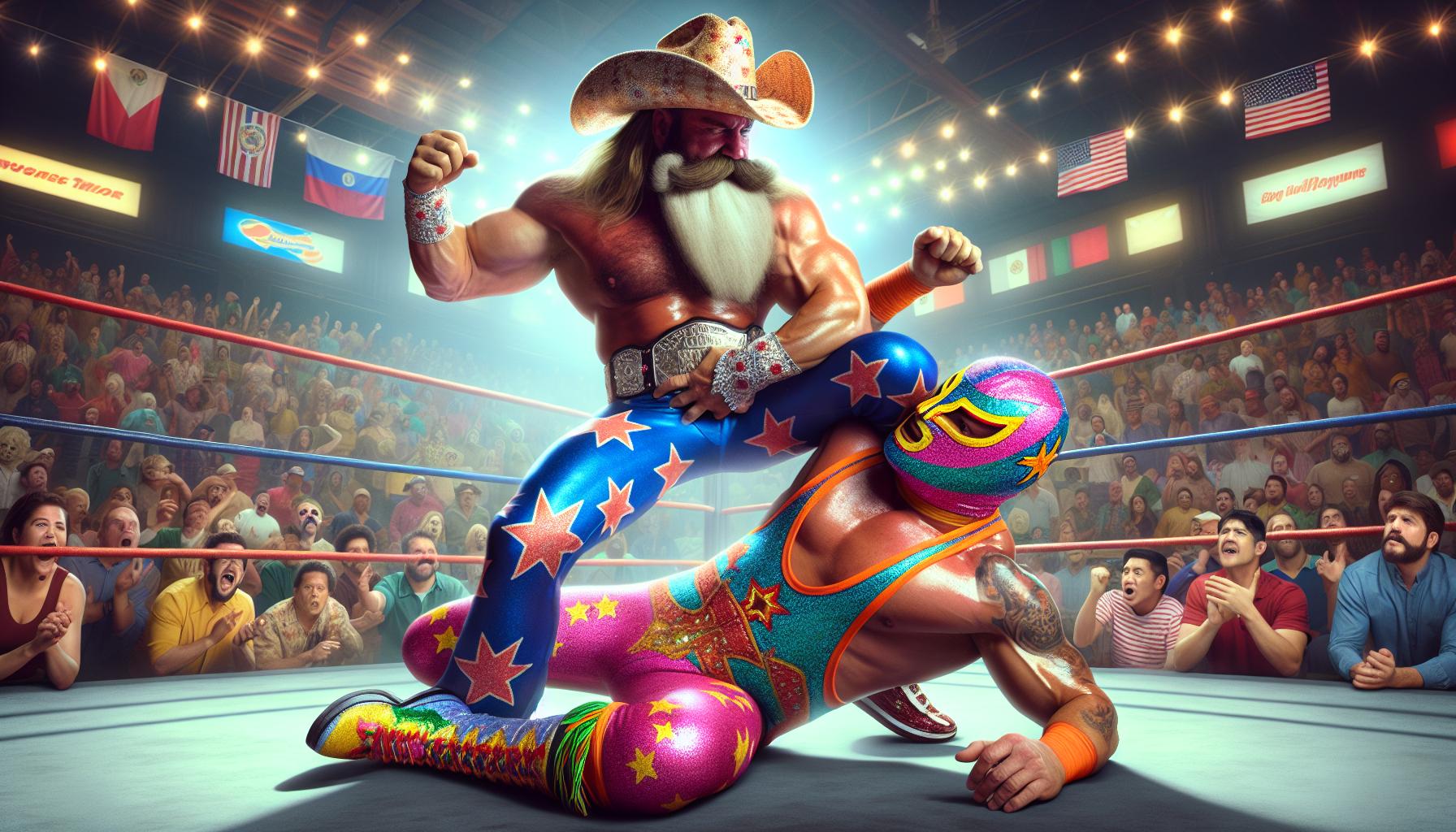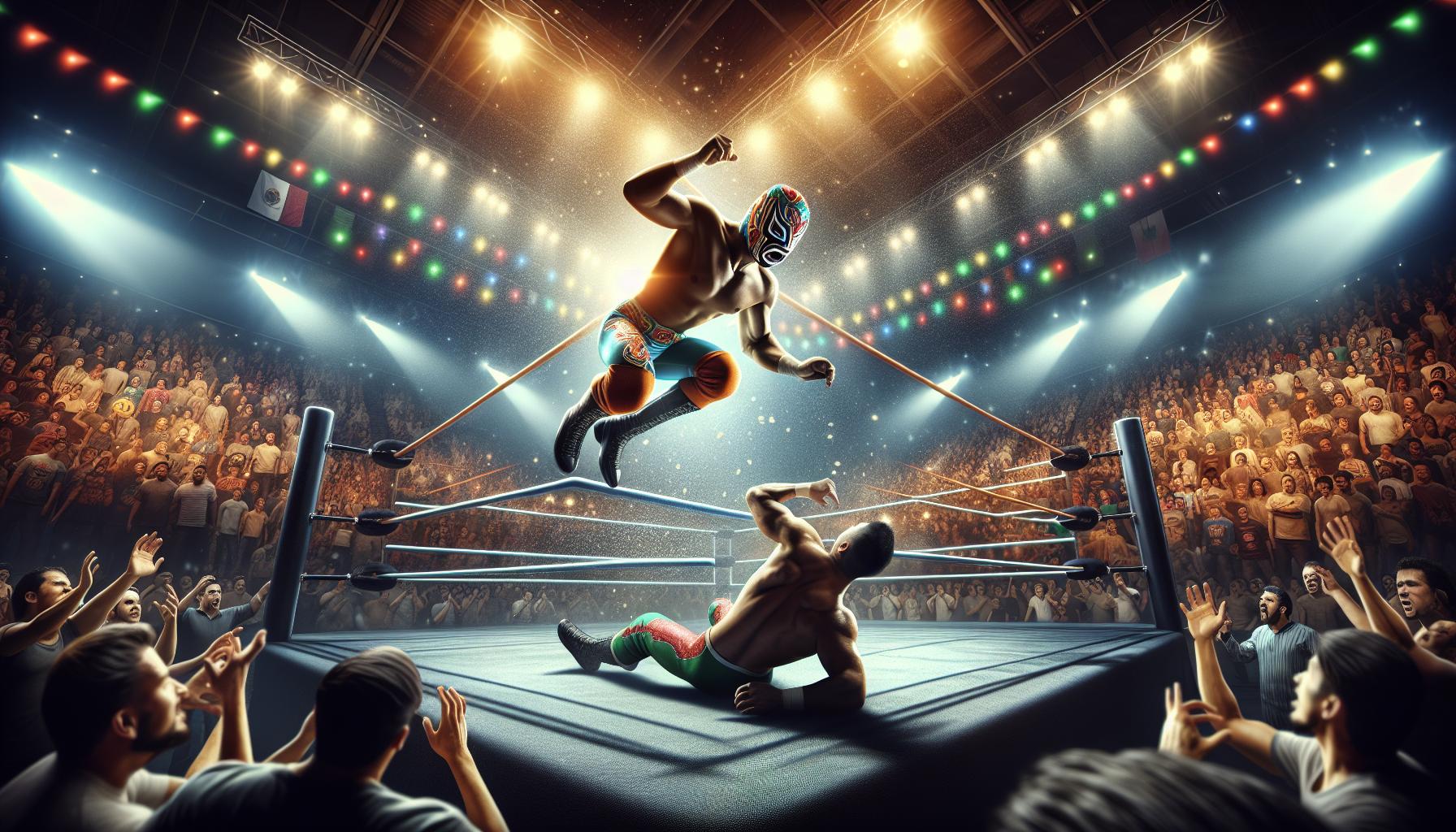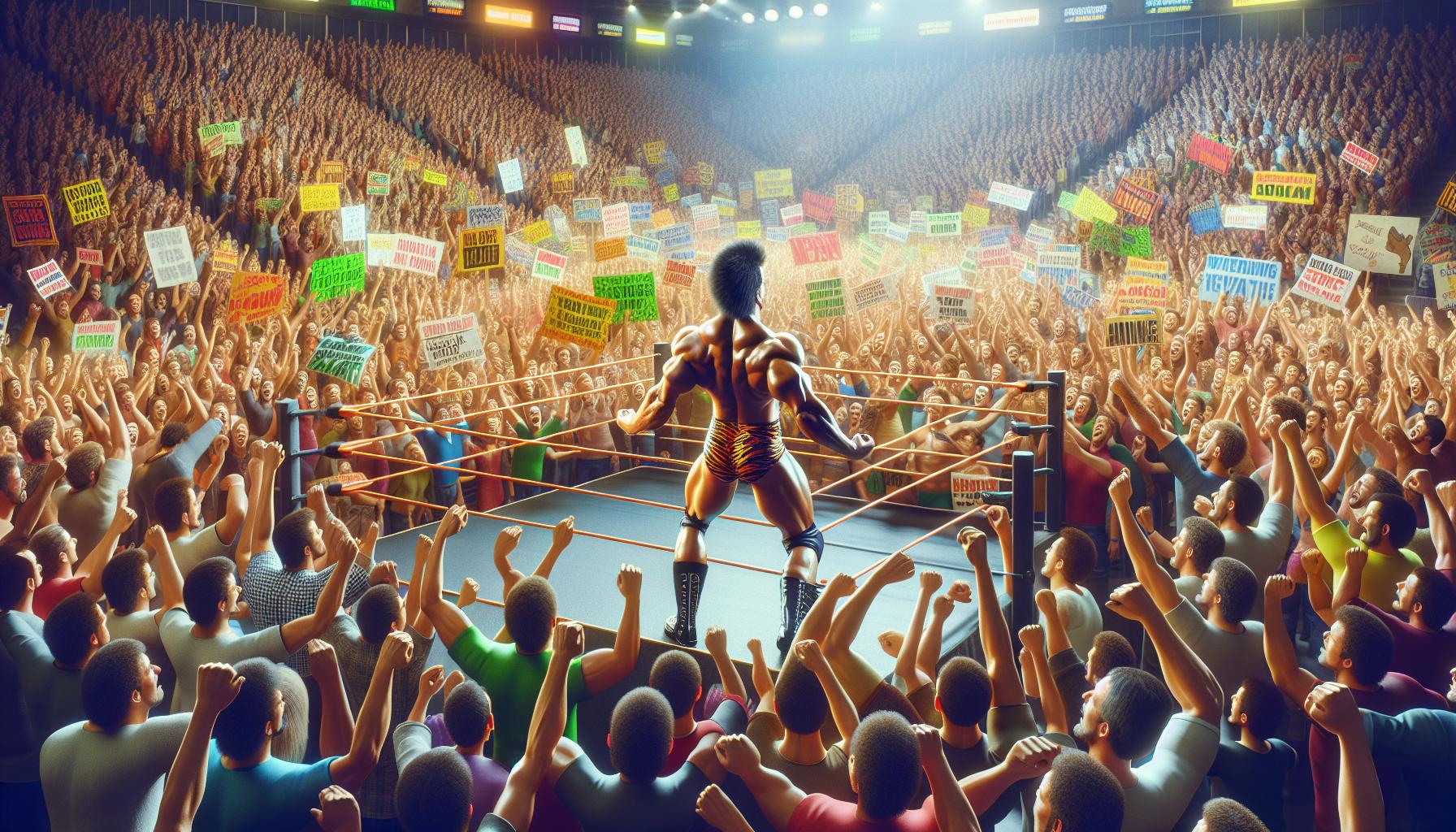Growing up in the South, I’ve always been captivated by the unique culture of southern wrestling. It’s more than just a sport; it’s a vibrant tapestry woven with passion, tradition, and fierce competition. From the dusty gymnasiums of rural towns to the grand arenas of major events, southern wrestling has a charm that draws fans and athletes alike.
What sets southern wrestling apart is its rich history and the way it embodies the spirit of the South. The stories of legendary wrestlers and the electrifying atmosphere of matches create an experience that resonates deeply with fans. As I dive into this world, I’ll explore the influences, the rivalries, and the unforgettable moments that make southern wrestling a beloved staple of regional culture.
Key Takeaways
- Cultural Roots: Southern wrestling is deeply embedded in the culture of the Southern United States, blending athleticism, storytelling, and local traditions.
- Historical Significance: The sport evolved from early 20th-century carnival performances, with key promotions like Mid-South Wrestling and legendary figures like Dusty Rhodes and Ric Flair shaping its identity.
- Unique Styles: Wrestlers incorporate a mix of high-impact moves and submission techniques, often adopting larger-than-life personas that enhance audience engagement and storytelling.
- Community Connection: Matches serve as vital community gatherings, fostering local pride and a shared sense of belonging while reflecting societal values and struggles.
- Modern Adaptations: Technology and social media are transforming southern wrestling, enhancing fan experiences through streaming, direct interactions, and high-quality production.
- Future Outlook: The future of southern wrestling hinges on innovation and collaboration among promotions, embracing diverse talent and incorporating interactive experiences to engage new audiences.
Overview Of Southern Wrestling
Southern wrestling embodies a rich tapestry of tradition, culture, and athleticism. Originating in the early 20th century, it developed a distinctive style influenced by regional storytelling, local heroes, and intense rivalries. This genre of wrestling merges elements of entertainment with competitive spirit, transforming matches into electrifying events that often draw massive crowds.
Southern wrestling venues resonate with excitement, featuring passionate fans who engage with the action. The atmosphere heightens as local wrestlers embody larger-than-life personas, captivating audiences through their performances. Each match tells a story that reflects community values, struggles, and triumphs, making every event more than just a contest.
The history of southern wrestling includes legendary promotions, such as Mid-South Wrestling and Jim Crockett Promotions, which played significant roles in its popularity. Wrestlers like Dusty Rhodes and Ric Flair emerged as icons, leaving lasting legacies credited to their charisma and in-ring skills. These figures inspire new generations of wrestlers, perpetuating southern wrestling’s depth.
Influences from various regions contribute to the unique flavor of southern wrestling. Styles from Mexican lucha libre and Japanese puroresu blend with traditional American techniques, resulting in innovative moves and compelling match narratives. The collaborative spirit of southern wrestling fosters creativity among performers, enhancing audience experiences.
Southern wrestling thrives as a vibrant cultural phenomenon that resonates with fans across generations. Its rich history, dynamic atmosphere, and passionate community underpin its enduring significance in the broader landscape of professional wrestling.
Historical Background

Southern wrestling boasts a rich history that has shaped its unique identity within professional wrestling. Its evolution over the decades reflects the cultural dynamics and spirited traditions of the Southern United States.
Origins And Evolution
Southern wrestling originated in the early 20th century, evolving from carnival and theater influences. Wrestlers staged matches that blended athleticism with theatrical performance, captivating audiences. The integration of storytelling and local lore created a distinctive style, with storylines often resonating with community values. By the mid-20th century, promotions like Mid-South Wrestling and Jim Crockett Promotions emerged, popularizing the sport and bringing it into the television era. The focus on regional rivalries and local heroes helped cement wrestling as a key aspect of Southern culture.
Key Figures In Southern Wrestling
Influential figures helped define and elevate southern wrestling, leaving indelible marks on its legacy. Icons such as Dusty Rhodes and Ric Flair became household names, showcasing charisma, athletic prowess, and storytelling ability. Rhodes, known for his relatable persona, connected with fans on a personal level, while Flair embodied the luxurious, brash athlete, solidifying his status in wrestling lore. Other notable figures include Jake “The Snake” Roberts, whose psychological approach to matches captivated audiences, and Jim Cornette, renowned for his managerial skills that added depth to numerous feuds. These wrestlers and many others contributed to the vibrant tapestry of southern wrestling, inspiring countless fans and future generations of wrestlers.
Characteristics Of Southern Wrestling

Southern wrestling showcases a one-of-a-kind blend of athleticism, storytelling, and cultural expression. It thrives on unique styles and techniques that define its charm and significance.
Unique Styles And Techniques
Southern wrestling features distinctive styles influenced by regional culture and local traditions. Wrestlers often utilize high-impact moves and submission techniques, reflecting a mix of American wrestling combined with elements from lucha libre and puroresu. Signature techniques include the figure-four leg lock and the DDT, allowing wrestlers to captivate fans with dynamic performances. Wrestlers adopt larger-than-life personas, creating memorable narratives in matches. The storytelling aspect, intertwined with the competition, allows for compelling face and heel dynamics, enhancing audience engagement during live events.
Cultural Significance
The cultural significance of southern wrestling lies in its ability to connect with communities on various levels. Matches serve as events where families gather, fostering a sense of belonging and pride in local heroes. As a vibrant form of entertainment, it transcends sport, reflecting societal values, struggles, and triumphs. Legendary figures, like Dusty Rhodes and Ric Flair, symbolize resilience and aspiration, making them relatable to fans. Southern wrestling has, over decades, solidified its role as an essential aspect of southern heritage, creating lasting memories through epic rivalries and unforgettable moments.
Major Promotions And Organizations

Southern wrestling features several major promotions and organizations that have shaped its landscape. These entities not only showcased talent but also fostered regional pride and storytelling.
Notable Wrestling Events
Notable wrestling events played a crucial role in elevating southern wrestling. Events like Starcade and the Mid-Atlantic Championship Wrestling shows have become iconic, often captivating large audiences and creating lasting memories. Starcade, for instance, debuted in 1983 and set the standard for year-end wrestling showcases, featuring thrilling matches and intense rivalries. Other significant events include the annual NWA World Title matches, which represented the pinnacle of competition and showcased the best talent in the region.
Prominent Wrestlers
Prominent wrestlers embody the essence of southern wrestling and contribute to its legacy. Legends such as Dusty Rhodes, known for his charismatic persona and storytelling ability, resonate deeply with fans. Ric Flair, often regarded as the greatest professional wrestler, delivered unforgettable performances, solidifying his status as an icon. Other influential figures include Jake “The Snake” Roberts, who brought psychological storytelling to the ring, and Jim Cornette, recognized for his charismatic managerial prowess. These wrestlers not only entertained but also inspired future generations, ensuring the continued relevance of southern wrestling.
Modern Trends In Southern Wrestling
Southern wrestling today reflects evolving dynamics influenced by technology and changing audience preferences. Recent developments showcase the blending of tradition with modern techniques and outreach strategies.
Influence Of Technology
Technology transforms southern wrestling significantly, enhancing fan experiences through various platforms. Streaming services, such as YouTube and independent promotions’ apps, offer access to a broader audience. Social media platforms like Twitter and Instagram foster direct interaction between fans and wrestlers, amplifying storylines and personal branding. Enhanced production technologies allow for high-quality broadcasts, captivating visuals, and engaging content, increasing audience engagement during live events. Digital merchandise sales also create new revenue streams, helping wrestlers and promotions expand their reach.
The Future Of Southern Wrestling
The future of southern wrestling looks promising, shaped by innovative approaches and a commitment to preserving tradition. Increased collaboration between promotions may lead to more cross-promotional events, showcasing talent and storytelling. Emerging trends, such as embracing diversity within the roster, will attract a wider audience. Continuous adaptation to fan preferences ensures lasting relevance while maintaining unique cultural elements. With the integration of virtual reality experiences and interactive events, southern wrestling will likely evolve, offering fans immersive and engaging experiences that honor its storied history while paving the way for new legends.
Conclusion
Southern wrestling isn’t just a sport; it’s a celebration of culture and community. The passion that fuels each match creates an atmosphere unlike any other. As I reflect on its rich history and the legends that shaped it, I can’t help but feel excited about its future.
With evolving storytelling techniques and the integration of new technologies, southern wrestling continues to resonate with fans of all ages. It’s a living tradition that honors its roots while embracing innovation. I look forward to witnessing how this vibrant phenomenon will thrive and inspire new generations of wrestlers and fans alike.

